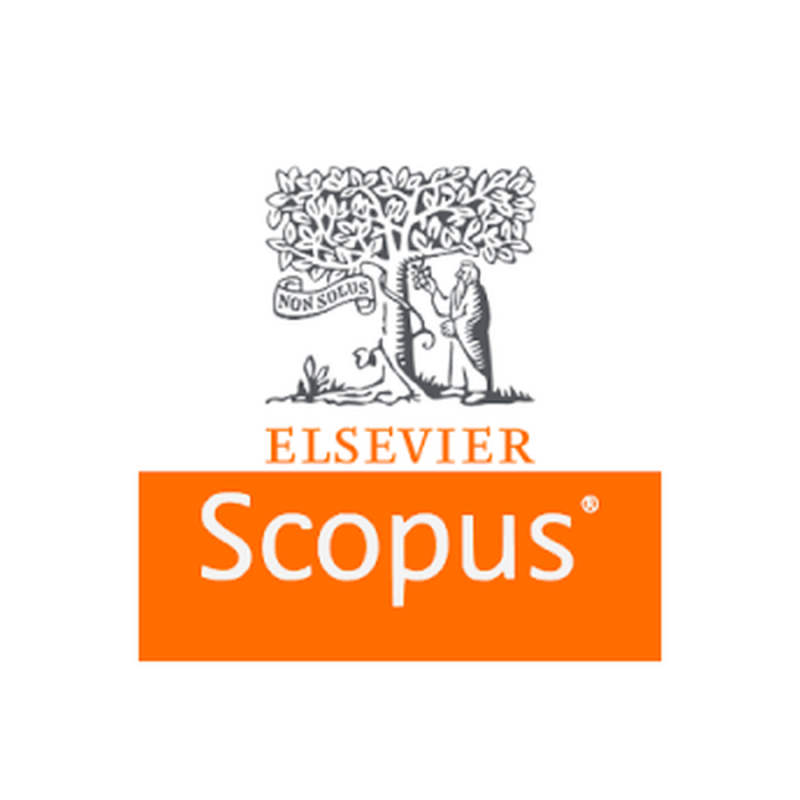Building a Model to Extract the Hydrological Characteristics of the Soil of Bashiqa Region
Abstract
Studying soil properties in the field and conducting laboratory examination of soil samples have become important issues that give significant hydrological indications through what the soil contains of various physical and chemical properties. Therefore, it is used in hydrological studies at the present time. This study aims to investigate and analyze the prevailing soil groups in the study area (Bashiqa) in terms of their physical and chemical properties such as (gypsum, organic materials, permeability, and texture). In order to deduce the hydrological indications from sampling, field-, and laboratory works, 18 sites have been identified and chosen on natural grounds over the study area for this purpose. Experiments are conducted to measure infiltration in the field for each of these chosen sites using the cylinder method, or what is called the cylindrical plunger. Then, the soil samples have been taken for laboratory examination. The laboratory analysis includes several variables, namely soil moisture content, soil texture, bulk (dry) density, organic matter, gypsum, and permeability. In addition, the results of the field and laboratory works of samples taken from the chosen sites have been analyzed, upon which they are relied in modeling the hydrological properties of the soil. The variables included in the modeling are initial infiltration depth, cumulative infiltration depth, organic matter, gypsum, bulk density, and soil hydrological group. Weights are distributed for each variable, and a layer has been prepared for it in the (GIS) environment and in a relational matrix, thus obtaining the outputs that indicate the extent of integration of the hydrological structure for the variable permeability. The results of the analysis show that the permeability in the study area is classified as medium permeability as that is found in most of the study area; then the high permeability category, which is widespread in various places in the study area. It is distributed in some areas of the northern, central and southern sections; followed by the third low permeability category, which is represented in specific areas located in the southeastern parts of the study area that allows the formation of very high-water flows if other superficial factors are present, such as slope, density of vegetation, prior soil moisture, etc. Through high permeability, it is possible to increase the amount of water flowing to the bottom and to recharge groundwater and exploit it through the wells that are abundant in the study area, which are used for drinking, irrigation, livestock watering, or restoring to other household water usage. While the low permeability increases the volume of surface water flows and the level of the rivers near the study area represented by Al-Khosar and Al- Khazir rivers.



